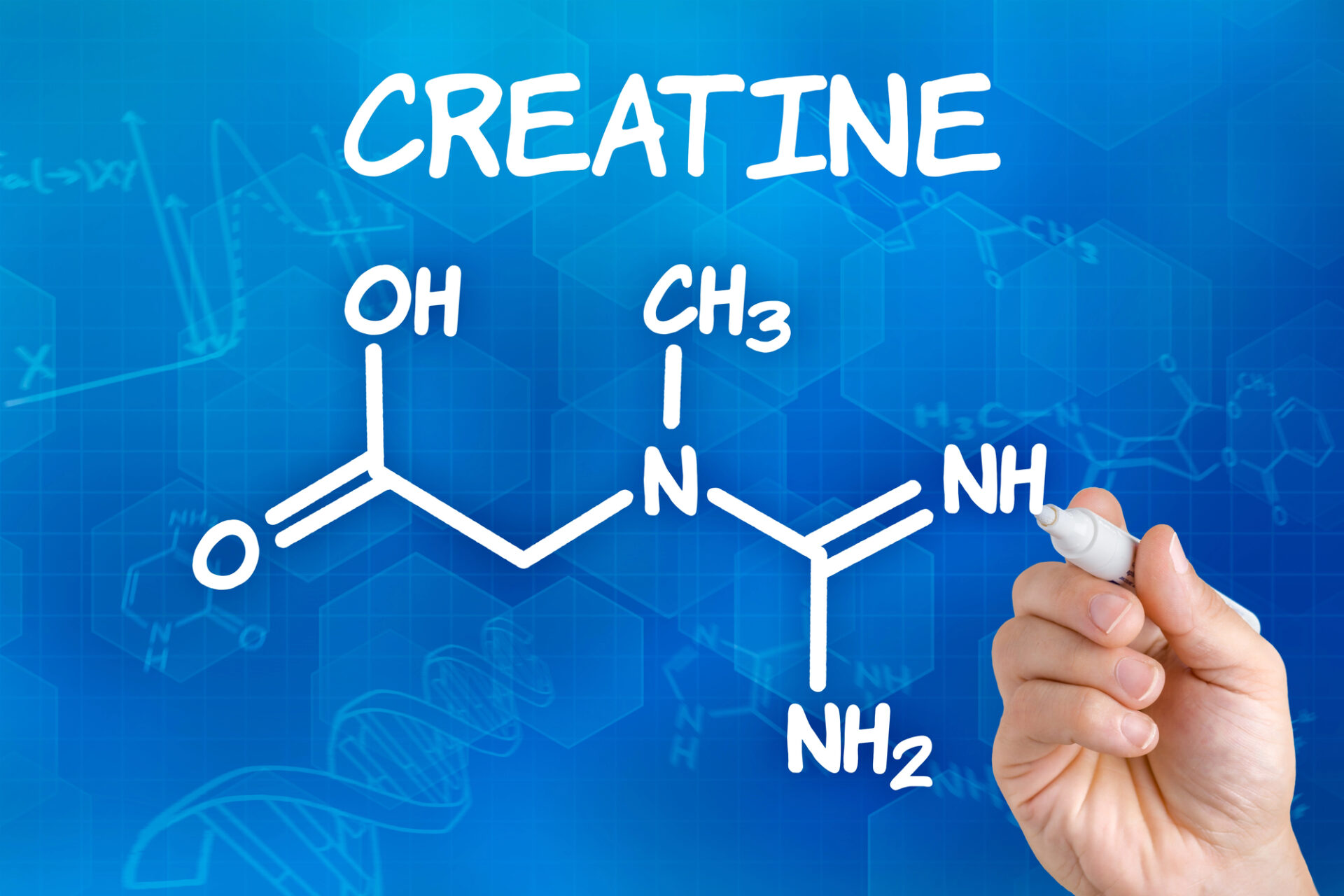The Missing Piece in SIBO Treatment: Beyond Eradication
Eradicating the overgrowth with antibiotics or antimicrobial herbs can certainly reduce the overgrowth and resolve symptoms. However, it’s imperative to work upstream on the root causes that allowed the overgrowth in the first place for long-term success. Otherwise, recurrence is likely and will require repeat testing and treatment.











